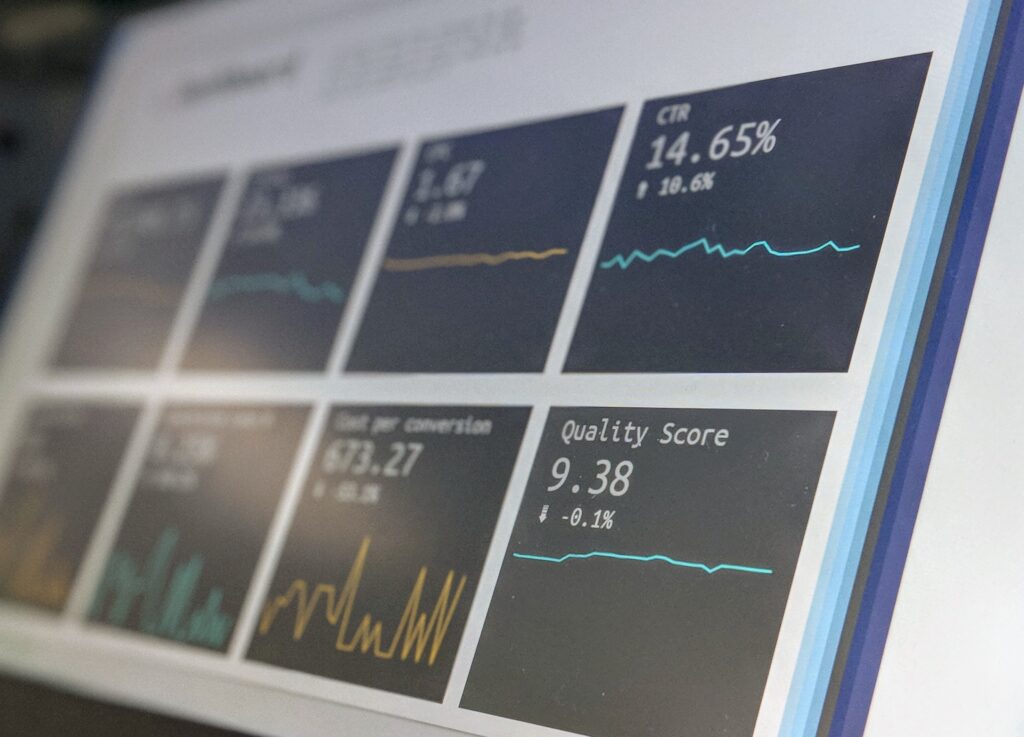Real-time data processing has become an essential component of modern enterprise data platforms. With the ability to process data as it’s generated, businesses can make data-driven decisions faster, respond to events in real-time, and provide better customer experiences. Databricks, a leading data engineering platform, is a key player in the real-time data processing market. In this blog post, we’ll explore the benefits and use cases of Databricks and how Anant’s Playbook principles and DLM toolkit can help enterprises maximize their strengths while minimizing their weaknesses.
Real-Time Use Cases
Databricks is built on Apache Spark, a fast and reliable processing engine for large-scale data processing. By leveraging Spark, Databricks enables real-time data processing at scale, making it a popular choice for enterprises that require high-speed processing of large data sets. One of the most significant benefits of Databricks is its flexibility, which allows enterprises to build custom solutions tailored to their unique needs. Let’s take a look at some of the use cases where Databricks excels:
- Fraud detection: With Databricks, enterprises can detect fraudulent transactions in real-time and prevent them from causing any further harm.
- Sentiment analysis: By using Databricks to analyze social media data in real-time, organizations can gain insights into customer sentiment and make data-driven decisions accordingly.
- Predictive maintenance: Databricks can be used to analyze sensor data in real-time, predicting when machines may require maintenance and avoiding downtime.
- Real-time recommendations: By using Databricks to analyze user behavior in real-time, enterprises can provide personalized recommendations to their customers.
Anant’s DLM Toolkit
Anant’s DLM toolkit plays a vital role in supporting these Databricks use cases. The toolkit’s components, including Spark, Kafka, Airflow, Ansible, and Terraform, provide enterprises with the necessary automation, extensibility, and monitoring capabilities to maximize the strengths of Databricks.
For instance, the data mover in the DLM toolkit can automate workflows by moving data from source systems to the Databricks platform. The data cleaner can transform data in real-time, ensuring that data quality is maintained. The data walker can be used to monitor data flows and ensure data is distributed and monitored.
This flexibility allows enterprises to customize solutions to meet their unique needs, enabling them to maximize the strengths of Databricks while minimizing its weaknesses. Anant’s DLM toolkit thus provides an ideal platform for building custom solutions with Databricks, making it an ideal partner for organizations looking to improve their real-time data processing capabilities.
At Anant, we use these components in our toolkit to support these use cases and more. For example, we use Spark to build machine learning models and process large amounts of data, while Kafka and Airflow are used for real-time data processing and workflow management. Ansible and Terraform are used for automating infrastructure management, enabling us to scale our systems quickly and efficiently.
Anant’s DLM toolkit can help enterprises build custom solutions with Databricks. The data mover component enables enterprises to move data between different data stores, such as on-premises storage and cloud storage, making it easier to integrate Databricks with existing data infrastructure. The data cleaner component provides a way to clean and transform data before processing, ensuring that data is of high quality and accurate. The data walker component provides a way to monitor data and processes, ensuring that everything is running as expected.
Benefits of Real-Time Data
Anant’s Playbook principles align with Databricks’ strengths, making it a natural fit for modern enterprise data platforms. By leveraging Databricks and Anant’s DLM toolkit, enterprises can achieve real-time data processing at scale, build custom solutions, and ensure that their data platform is distributed, extendable, automated, and monitored. However, it’s essential to acknowledge that no product is perfect, and Databricks has some weaknesses, such as high costs and a steep learning curve for some users. Enterprises must weigh the benefits and drawbacks of Databricks to determine if it’s the right fit for their needs.
By leveraging these tools and principles of our Playbook, we can help companies build and maintain modern data platforms that can handle real-time data processing, scale efficiently, and provide insights to support critical business decisions.
Real-time data processing is a game-changer for modern enterprises, and Databricks is a leading platform for achieving it. By leveraging Databricks and Anant’s DLM toolkit, enterprises can build custom solutions and ensure that their data platform aligns with Anant’s Playbook principles. While Databricks has its strengths and weaknesses, its flexibility, and scalability make it a compelling choice for enterprises that require high-speed data processing. Anant’s Playbook principles of Distributed, Realtime, Extendable, Automated, and Monitored are critical for modern data platforms. Databricks excels in real-time data processing and is highly scalable, making it an excellent choice for enterprises that deal with large amounts of data. Anant’s DLM toolkit can help make a Databricks integration more extendable and automated.
Contact us for specifics about how we can help implement your Real-Time DLM solution.




